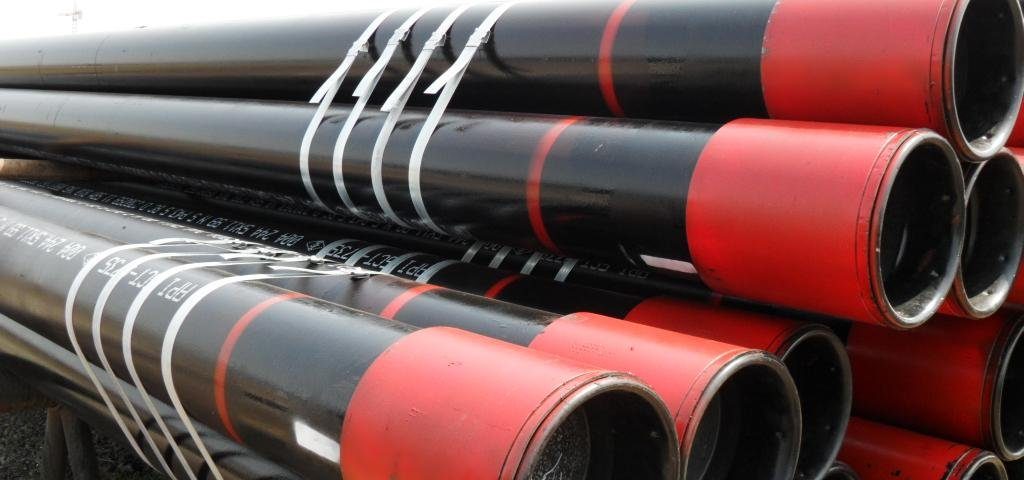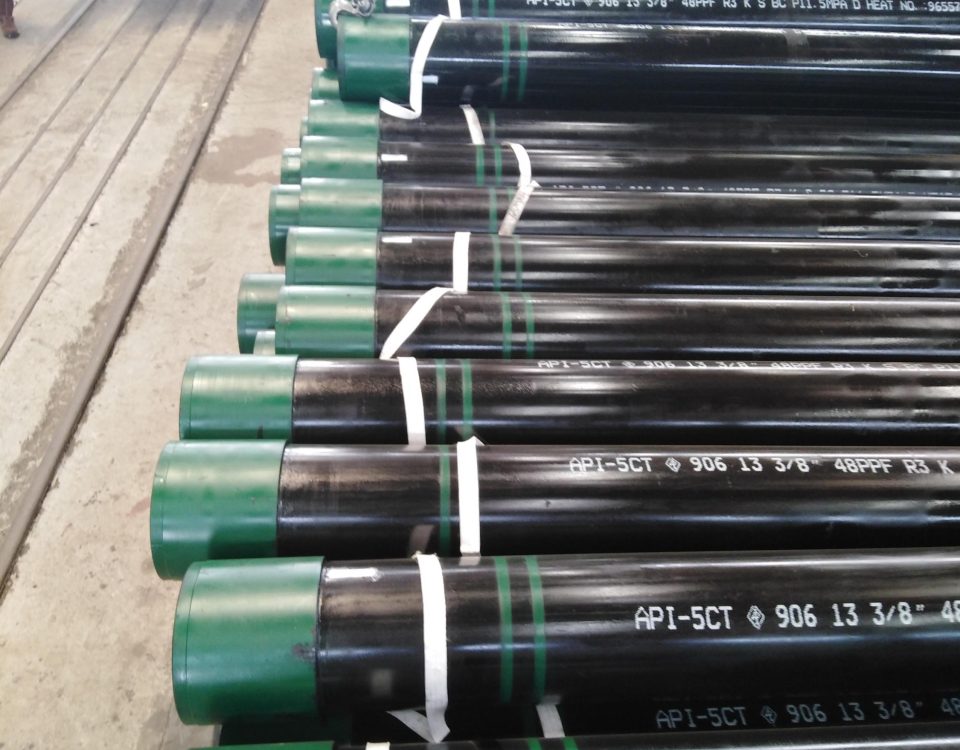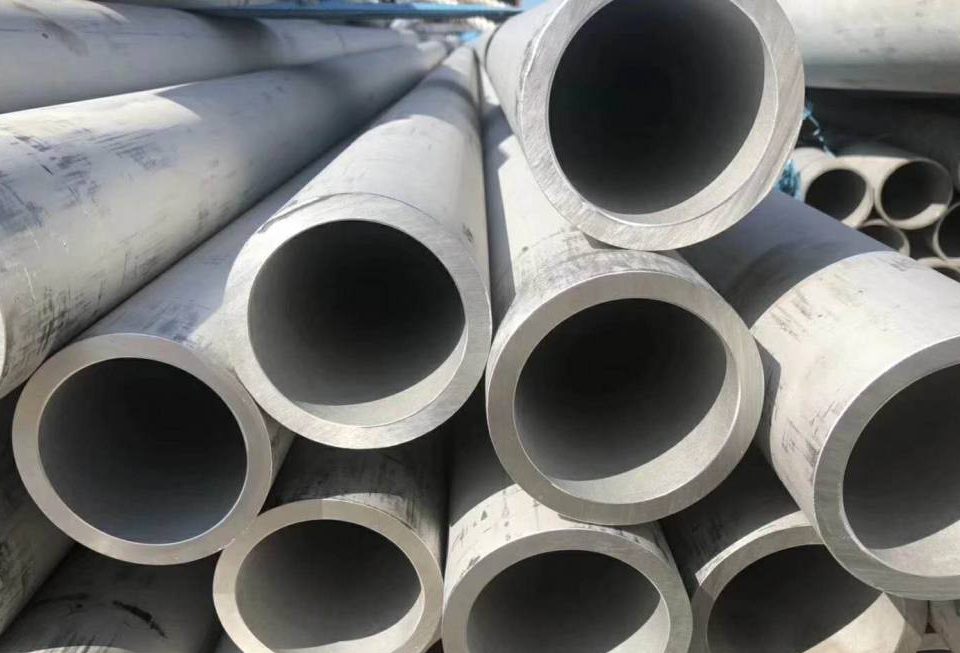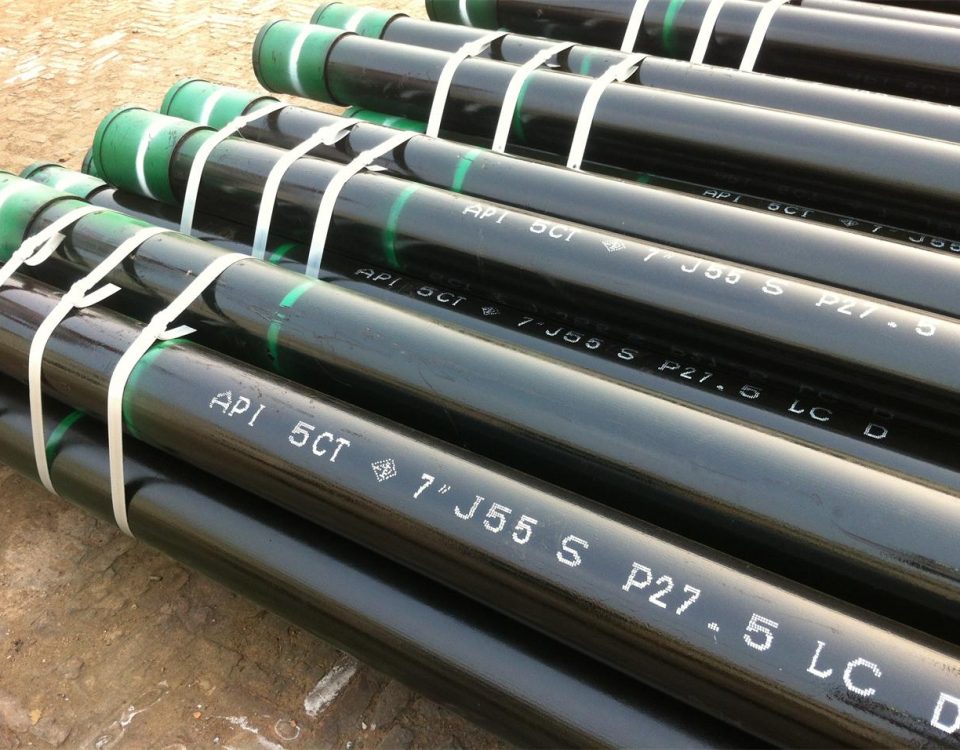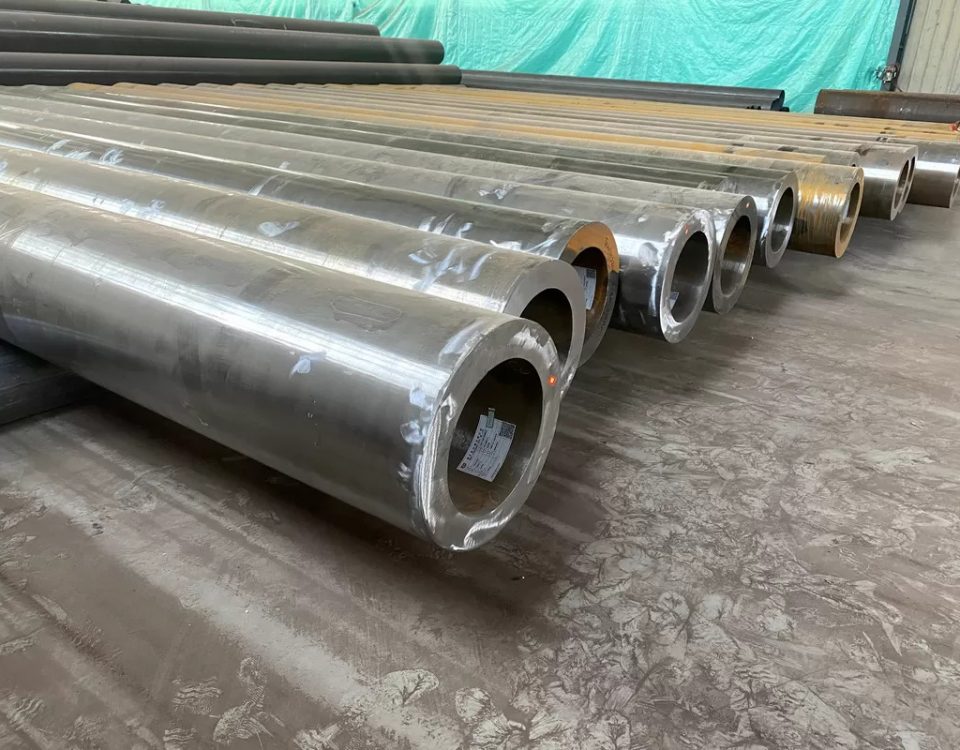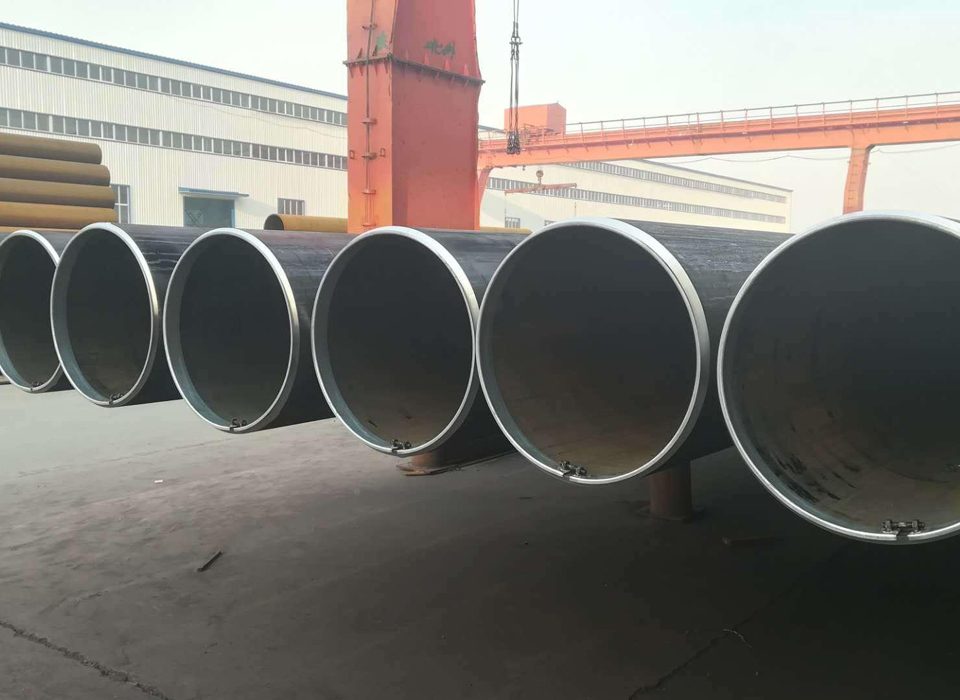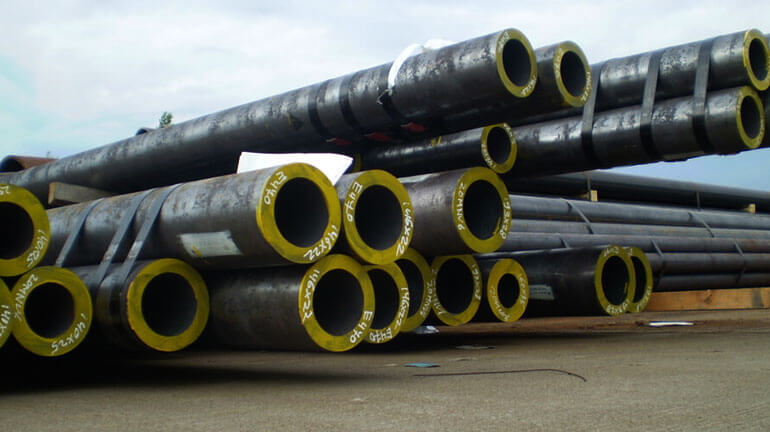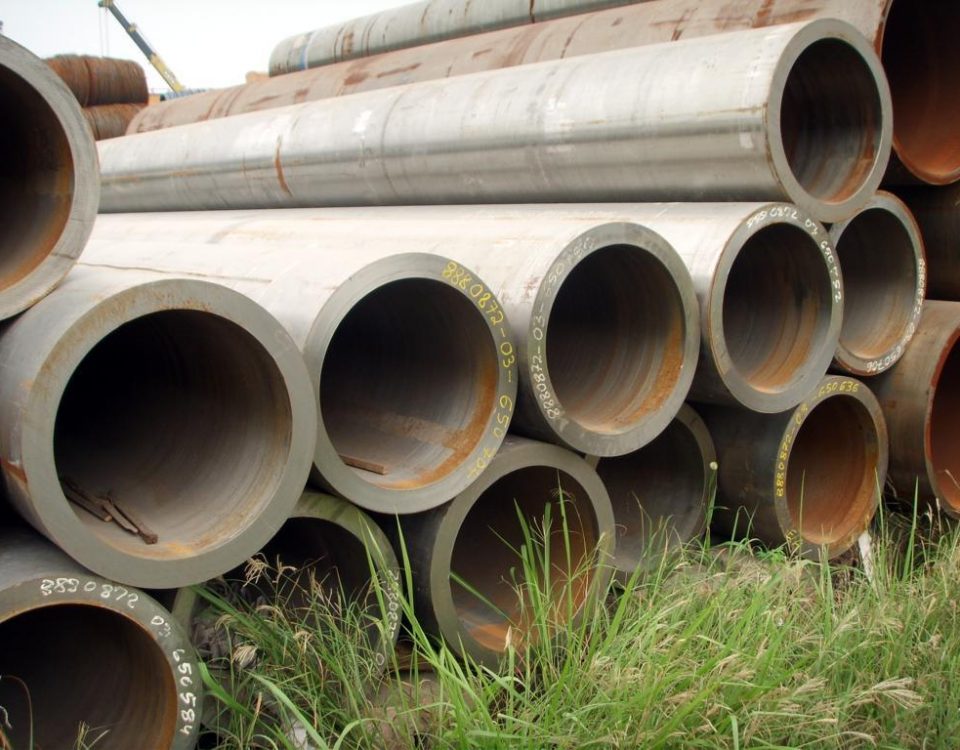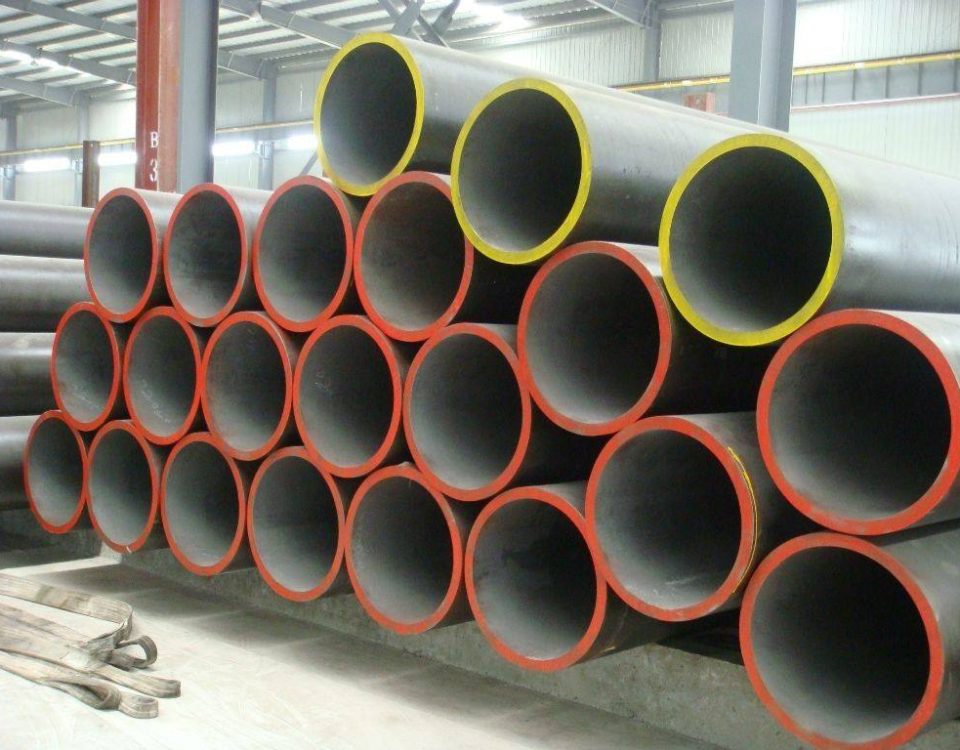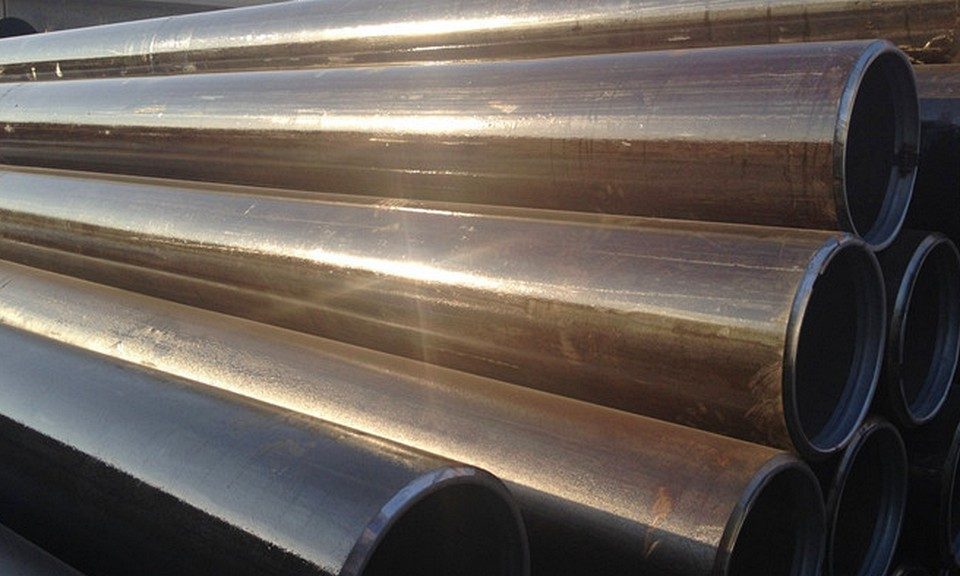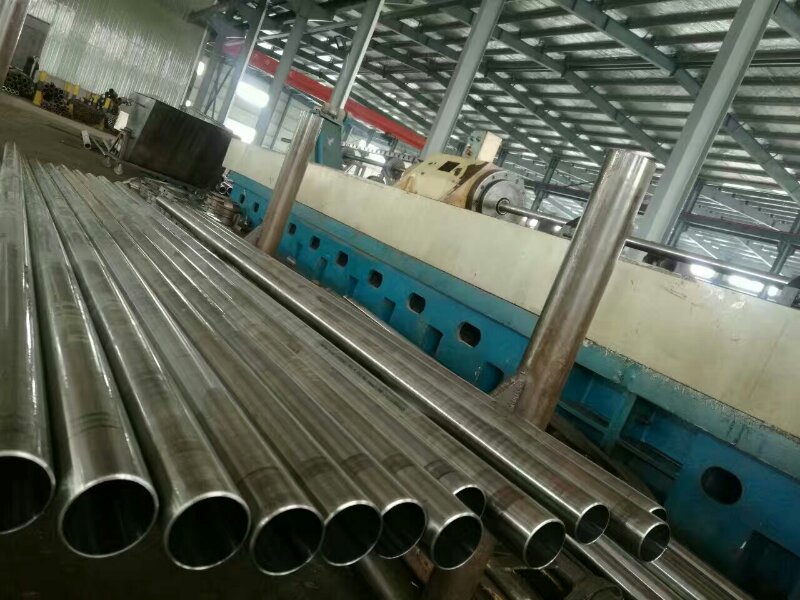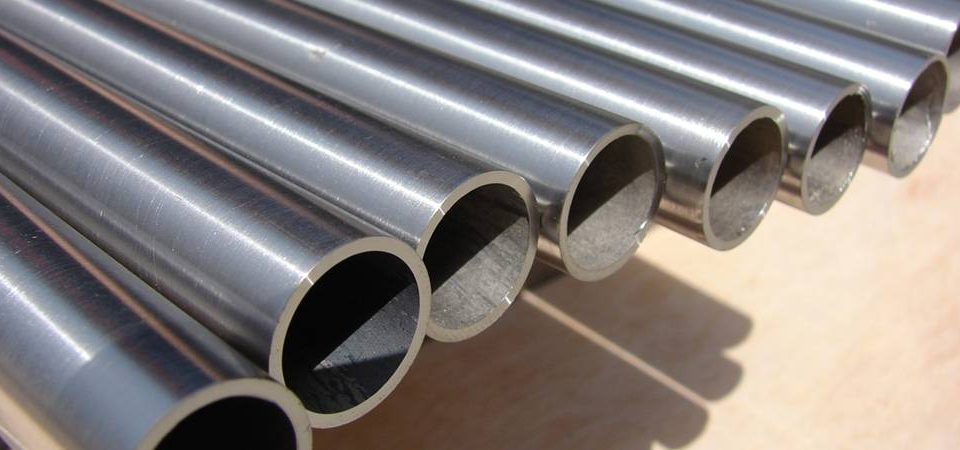Steel pipe cement-soil pile construction method (synthetic steel pipe pile construction method)
May 31, 2022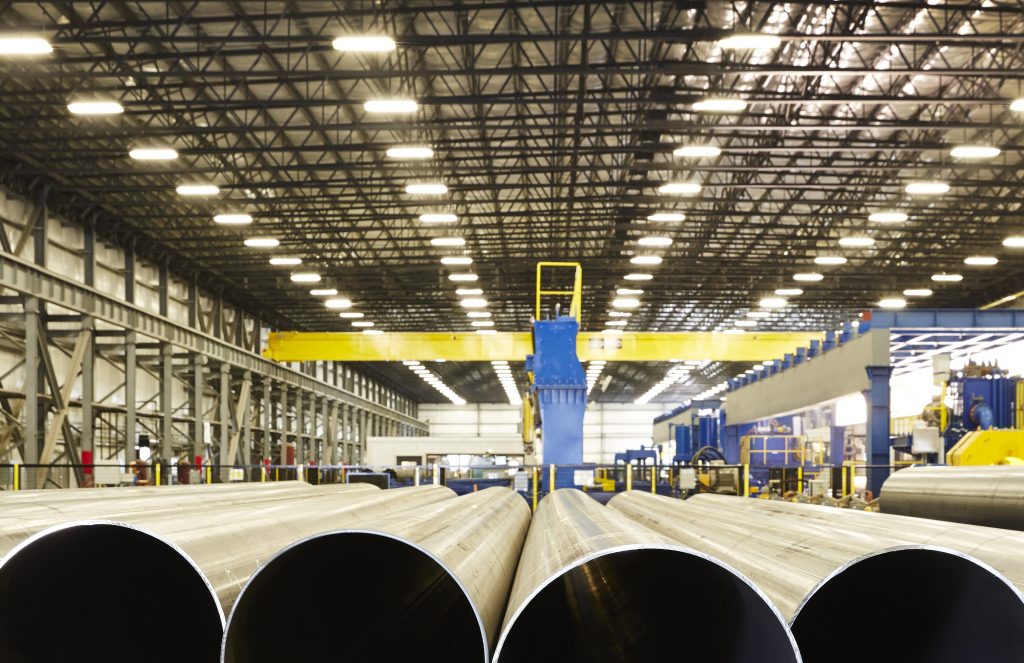
Welded vs. Seamless Production in the Tube-Making Process
June 20, 2022- Casing
- Classification and function of casing
Casing is the steel pipe that supports the wall of oil and gas wells. Several layers of casing are used for each well according to different drilling depths and geological conditions. Cement cementing should be used after the casing is run down the well. It is different from tubing and drill pipe and cannot be reused. It is a one-time consumable material. Therefore, the consumption of casing accounts for more than 70% of all oil well pipes. Casing can be divided into: conduit, surface casing, technical casing and oil casing according to the usage, their structure in the oil well is shown in Figure 1.
① Guide sleeve: mainly used for drilling in the ocean and desert to separate seawater and sand to ensure smooth drilling. The main specifications of this layer of casing are: ∮762mm(30in) × 25.4mm, ∮762mm(30in) × 19.06mm.
② Surface casing: It is mainly used for the first drilling, to drill the soft stratum on the surface to the bedrock. In order to isolate this part of the stratum and prevent it from collapsing, it is necessary to use the surface casing for sealing. The main specifications of the surface casing: 508mm (20in), 406.4mm (16in), 339.73mm (13-3/8in), 273.05mm (10-3/4in), 244.48mm (9-5/8in), etc. The downpipe depth depends on the depth of the soft formation, generally 80~1500m. The external pressure and internal pressure it bears are not large, generally K55 steel grade or N80 steel grade is used.
③ Technical casing
Technical casing is used in the drilling process of complex strata. When encountering complex parts such as slump layer, oil layer, gas layer, water layer, lost layer, salt and gypsum layer, etc., it needs to be sealed with technical casing, otherwise drilling will not be able to conduct. Some wells have deep and complex formations, and the depth of the wells is several thousand meters. Such deep wells require several layers of technical casing, and their mechanical properties and sealing performance are very high, and the steel grades used are also high. Except for K55, More N80 and P110 steel grades are used, and some deep wells also use Q125 or even higher non-API steel grades such as V150. The main specifications of technical sleeves are: 339.73mm(13-3/8in), 273.05mm(10-3/4in), 244.48mm(9-5/8in), 219.08mm(8-5/8in), 193.68mm (7- 5/8in), 177.8mm(7in), etc.
④ Oil layer casing
When the drilling reaches the target layer (layers containing oil and gas), the oil and gas layer and the upper exposed formation need to be sealed by the oil layer casing, and the oil layer casing is the oil pipe. The oil layer casing has the deepest running depth among all kinds of casings, and its mechanical properties and sealing performance requirements are also the highest. The steel grades used are K55, N80, P110, Q125, V150, etc. The main specifications of oil layer casing are: 177.8mm(7in), 168.28mm(6-5/8in), 139.7mm(5-1/2in), 127mm(5in), 114.3mm(4-1/2in), etc.
- Length of casing
See Table 12 for a range of sleeve lengths. Although the API 5CT standard specifies three ranges, in fact, the delivery length of domestic and foreign casings uses the R3 range. The domestic market is generally 10.5~11.0m, and the international market is generally 42~44ft (12.77~13.38m).
- Casing steel grade and chemical composition
The steel grades of the casing are H40, J55, K55, M65, N80, L80, C90, C95, T95, P110, Q125, V150.
H40 is the lowest steel grade and is rarely used in the market.
The yield strength of J55 (domestic) and K55 (foreign) belong to the same level. The difference between the two is that the tensile strength of K55 is higher than that of J55.
N80 is divided into N80-1 and N80Q.
L80 is divided into L80-1, L80-9Cr and L80-13Cr.
C90 is divided into C90-1 and C90-2.
Q125 is divided into Q125-1, Q125-2, Q125-3 and Q125-4.
V150 is a non-API high-strength steel grade, mainly used in deep and ultra-deep wells.
The chemical composition requirements of the API standard for the casing are shown in Table 6. Like oil pipes, the API standard is also a wide-ranging guideline for the chemical composition of casings, and each manufacturer has its own special grades for casings.
- Drill pipe
- Classification and function of pipes for drilling tools
The kelly, drill pipe, weighted drill pipe and drill collar in the drilling tool form the drill string. The drill string is the core drilling tool that drives the drill bit from the ground to the bottom of the well, and it is also a channel from the ground to the bottom of the well. Its main functions are 3: 1) to transmit torque to drive the drill bit to drill; 2) to apply pressure to the drill bit to break the rock at the bottom of the hole by its own weight; 3) to transport the cleaning fluid, that is, the drilling mud is driven into the drill string through the high-pressure mud pump on the ground The hole flows into the bottom of the well to scour the cuttings and cool the drill bit, and carry the cuttings back to the surface through the annular space between the outer surface of the drill string and the well wall to achieve the purpose of drilling. During the drilling process, the drill string is subjected to various complex alternating loads, such as tension, compression, torsion, bending and other stresses, and the inner surface is also subjected to erosion and corrosion by high-pressure mud.
(1) Kelly: There are two types of kelly: square and hexagonal. my country’s oil drill pipe usually uses a square drill pipe for each drill string. Its specifications are: 63.5mm(2-1/2in), 88.9mm(3-1/2in), 107.95mm(4-1/4in), 133.35mm(5-1/4in), 152.4mm(6in), etc. . Usually the length is 12~14.5m.
(2) Drill pipe: The drill pipe is the main tool for drilling, which is connected to the lower end of the kelly. As the drilling continues to deepen, the drill pipe continues to lengthen the drill string one by one. The specifications of the drill pipe are: 60.3mm(2-3/8in), 73.03mm(2-7/8in), 88.9mm(3-1/2in), 114.3mm(4-1/2in), 127mm(5in) , 139.7mm (5-1/2in), etc.
(3) Weighted drill pipe: The weighted drill pipe is a transition tool connecting the drill pipe and the drill collar, which can improve the force condition of the drill pipe and increase the pressure on the drill bit. The main specifications of the weighted drill pipe are: 88.9mm (3-1/2in) and 127mm (5in), etc.
⑷ Drill collar: The drill collar is connected to the lower part of the drill string. It is an extra-thick-walled tube with high rigidity, which exerts pressure on the drill bit to break the rock, and can play a guiding role when drilling a vertical well. Common specifications of drill collars are: 158.75mm (6-1/4in), 177.85mm (7in), 203.2mm (8in), 228.6mm (9in), etc.
- Steel grade, grade and delivery status of drill pipe
The steel grade, grade and delivery status of drill pipe are shown in Table 15. The API 5D standard only stipulates the content of phosphorus and sulfur for the chemical composition of drill pipe, and other components are selected by the manufacturer, as long as they meet the performance and use requirements. All drill pipe manufacturers at home and abroad have their own special grades. The grades in Table 15 are those of Hengyang Steel Pipe (Group) Company.
Three, oil pipe thread
- Oil pipe thread type
Commonly used oil pipe threads are as follows:
API thread Tubing round thread
Casing short round thread
Oil Pipe Thread Casing Long Round Thread
Casing buttress thread
special thread
- Oil thread gauge
The gauge is a thread detection tool. Different thread types and different sizes require different gauges. Therefore, the thread processing plant needs to be equipped with a large number of gauges, and the gauge is a consumable item, and it should be scrapped when it is unqualified by the previous gauge.
There are different grades of gauges, and threading plants should usually be equipped with work gauges and proof gauges. The work gauge is used to check the steel pipe thread, and the proof gauge is used to check the work gauge.
Each gauge is divided into plug gauge and ring gauge. The plug gauge is used to inspect the inner thread of the coupling, and the ring gauge is used to inspect the outer thread of the pipe.
- Introduction of special buckle
A special thread is a pipe thread with a special structure that is different from an API thread. Although the current API threaded oil casing has been widely used in oil well production, in the special environment of some oilfields, its shortcomings are obvious: the API round threaded pipe string, although its sealing performance is better. However, the tensile force on the threaded part is only equivalent to 60% to 80% of the strength of the pipe body, so it cannot be used in the mining of deep wells; although the tensile performance of the pipe string connected by the API buttress thread is higher than that of the API round thread The connection is much higher, but its sealing performance is not very good, so it cannot be used for the production of high-pressure gas wells; in addition, thread grease can only play its role in the environment where the temperature is below 95 °C, so it cannot be used in the production of high-temperature wells. use.
Compared with API round thread and partial trapezoidal thread connection, the special buckle connection has made breakthrough progress in the following aspects: (1) Good sealing performance, through the design of elastic and metal sealing structure, the air sealing resistance of the joint reaches the limit of the pipe body Internal yield pressure; (2) With high connection strength, the connection strength of the oil casing connected with special buckles reaches or exceeds the strength of the pipe body, which fundamentally solves the problem of slippage; (3) Through the selection of materials and the improvement of surface treatment technology, the basic Solve the problem of thread sticking; (4) Through the optimization of the structure, the stress distribution of the joint is more reasonable and more conducive to stress corrosion resistance; (5) Through the reasonable design of the shoulder structure, the make-up operation is easier to carry out.
At present, more than 100 special buckles with patented technology have been developed all over the world, but only more than 10 are used in large quantities. Mannesmann BDS buckle, Japan NKK company NK3SB buckle, Japan Nippon Steel company NSCC buckle, Japan Kawasaki company FOX buckle, Japan Sumitomo company TM buckle, Argentina Stega company SEC buckle, etc. These buckle types are also common in the world. Special buckle used.



